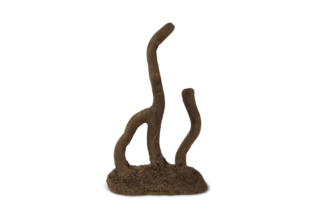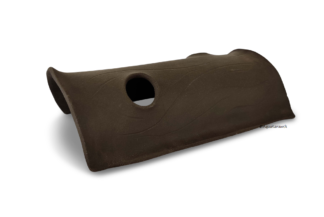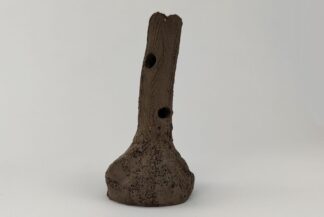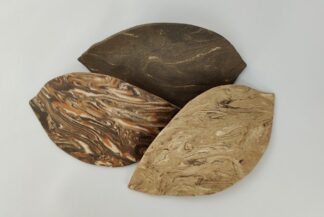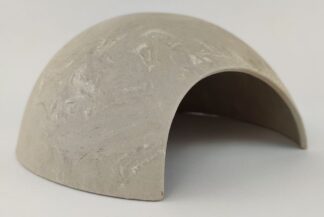Ultimately, fertilizers are based on nutrient solutions that have long been known in plant nutrition. Depending on the intended use (whether NPK fertilizers used in agriculture and horticulture or fertilizers used in nurseries and other crops), however, they have very different compositions. What they have in common is that their task is to ensure a continuous supply of the necessary nutrients. As early as 1840, the Giessen chemist JUSTUS v. LIEBIG (1803-1873) demonstrated in his work ‘Organic Chemistry in its Application to Agricultural Culture and Physiology’ the importance of the mineral components resulting from the decomposition of plant and animal remains. He came to the conclusion that plants find the components carbon, hydrogen, oxygen and nitrogen in abundance, so that the supply of these substances through fertilization is superfluous. KARL SPRENGEL also proved that certain, albeit extremely small, quantities of mineral components are just as important for the life and growth of plants.
The first synthetic nutrient solution was produced by J. v. SACHS in cooperation with the chemist J. A. STÖCKHARDT. It contains per 1000 ml of water: 1 g potassium nitrate, 0.5 g calcium sulphate, 0.4 g magnesium sulphate, 0.5 g calcium hydrogen phosphate and a trace of iron (III) chloride.
In 1861, J. A. L. W. KNOP developed the Knops nutrient solution, named after him and still widely used today. It contains per 1000 ml water: 1 g calcium nitrate, 0.25 g magnesium sulphate, 0.25 g potassium dihydrogen phosphate, 0.25 g potassium nitrate and a trace of iron sulphate.
The absence of one of the elements cannot be compensated for by a surplus of another (chemically close to it). Atmospheric nitrogen, metallic potassium or elemental sulphur cannot be used either. The respective ions are required.
However, this does not yet cover all elements required by a plant. The trace elements are still missing, for whose requirement SPRENGEL has already indirectly provided evidence.
R. D. HOAGLAND (1884-1949) prepared a solution of trace elements, 1 ml of which is to be added to one of the standard nutrient solutions: The following are dissolved in 18 litres of water: 0,5 g lithium chloride, 1 g copper sulphate, 1 g zinc sulphate, 11 g boric acid, 1 g aluminium sulphate, 0,5 g tin chloride, 7 g magnesium chloride, 1 g nickel sulphate, 1 g cobalt nitrate, 0,5 g potassium iodide, 1 g titanium oxide, 0,5 g potassium bromide. This trace element solution, also known as A-Z, covers most of the trace elements required by organisms. According to current opinion, at least boron, copper, manganese, zinc and molybdenum are basically required. However, there are indications that some organisms need additional trace elements such as molybdenum, zinc or cobalt (for the synthesis of vitamin B12).
In aquaristics, the situation is different for “normal” planted community tanks in that nitrogen (mainly in the form of nitrate) and phosphorus (in the form of phosphate) are usually present in sufficient quantities, if not in surplus. The main source of these two elements is fish feed, which is at least partially supplied to the aquatic plants via the animal’s detour. These elements are therefore generally not required in aquatic plant fertilizers for aquariums (exception: aquariums dominated by plants and poor in fish). However, the other trace elements required are very often deficient substances which should be added in order to achieve and maintain stable, vigorous plant growth.
Good aquatic plant fertilisers for community aquariums such as the Fermendo system are therefore free of nitrogen and phosphorus and their composition is based on the A-Z solution from HOAGLAND.
References:
nutrient salts on www.biologie.uni-hamburg.de
Knopsche nutrient solution on www.biologie-lexikon.de
Why should you fertilize water plants?
How does the water in an aquarium differ from that in natural waters?
What are the nutrient requirements of aquatic plants and what is the correct dosage?

